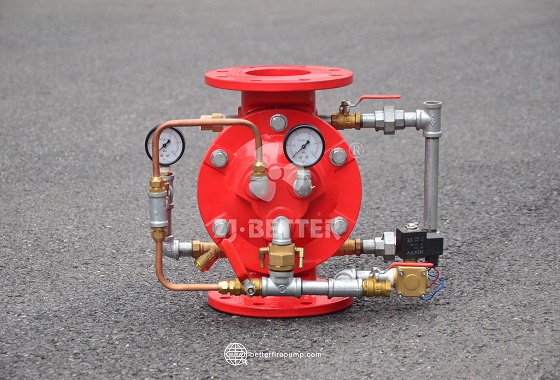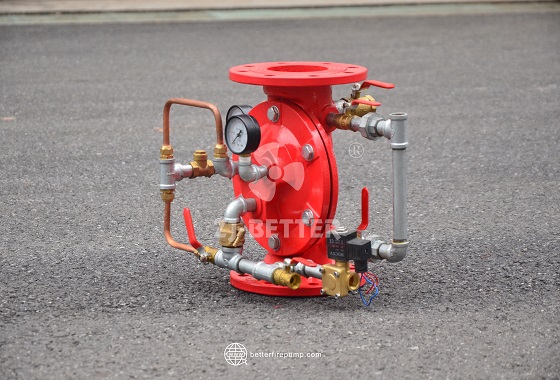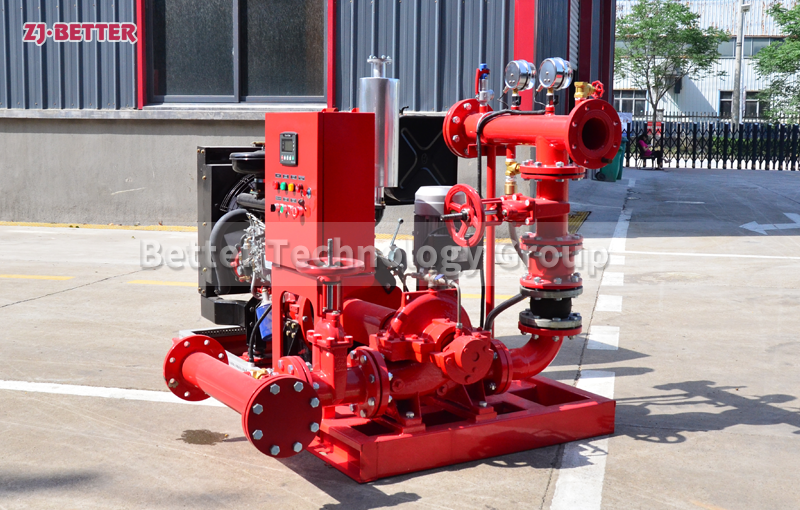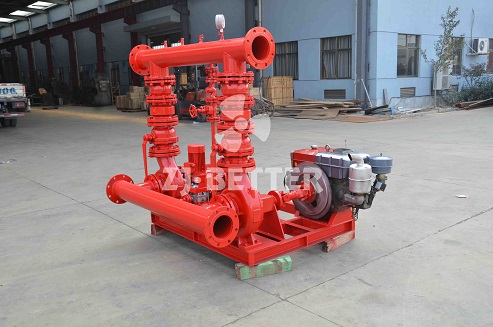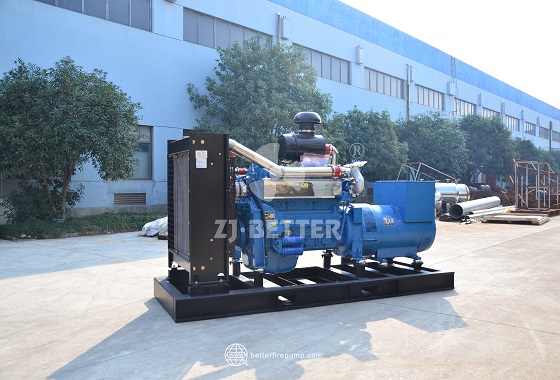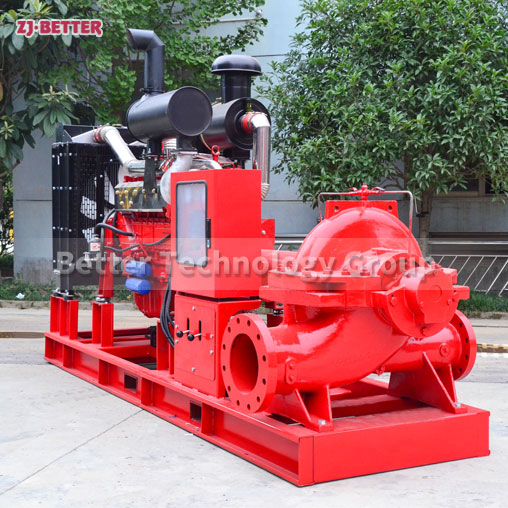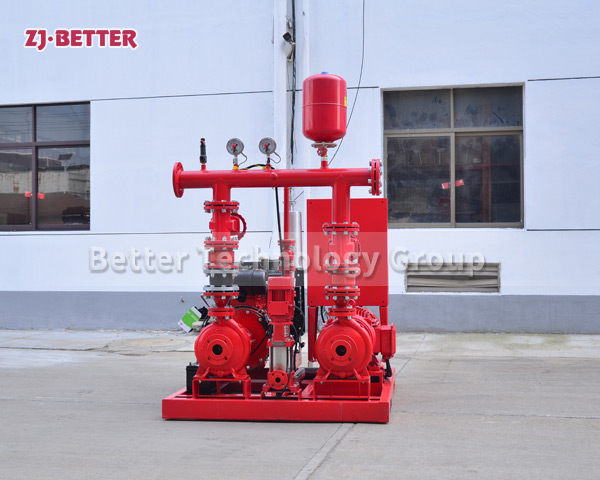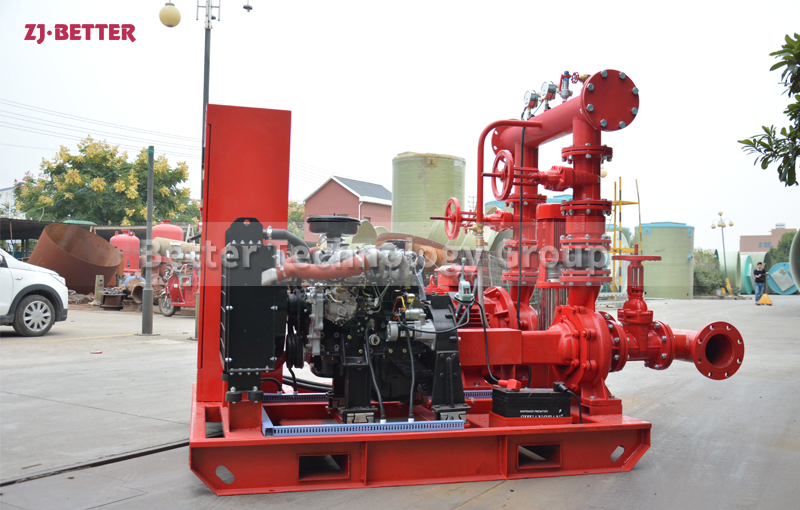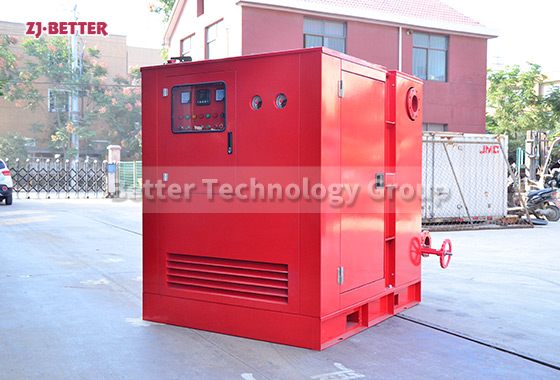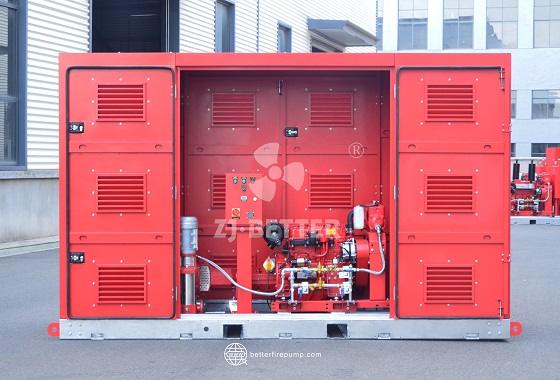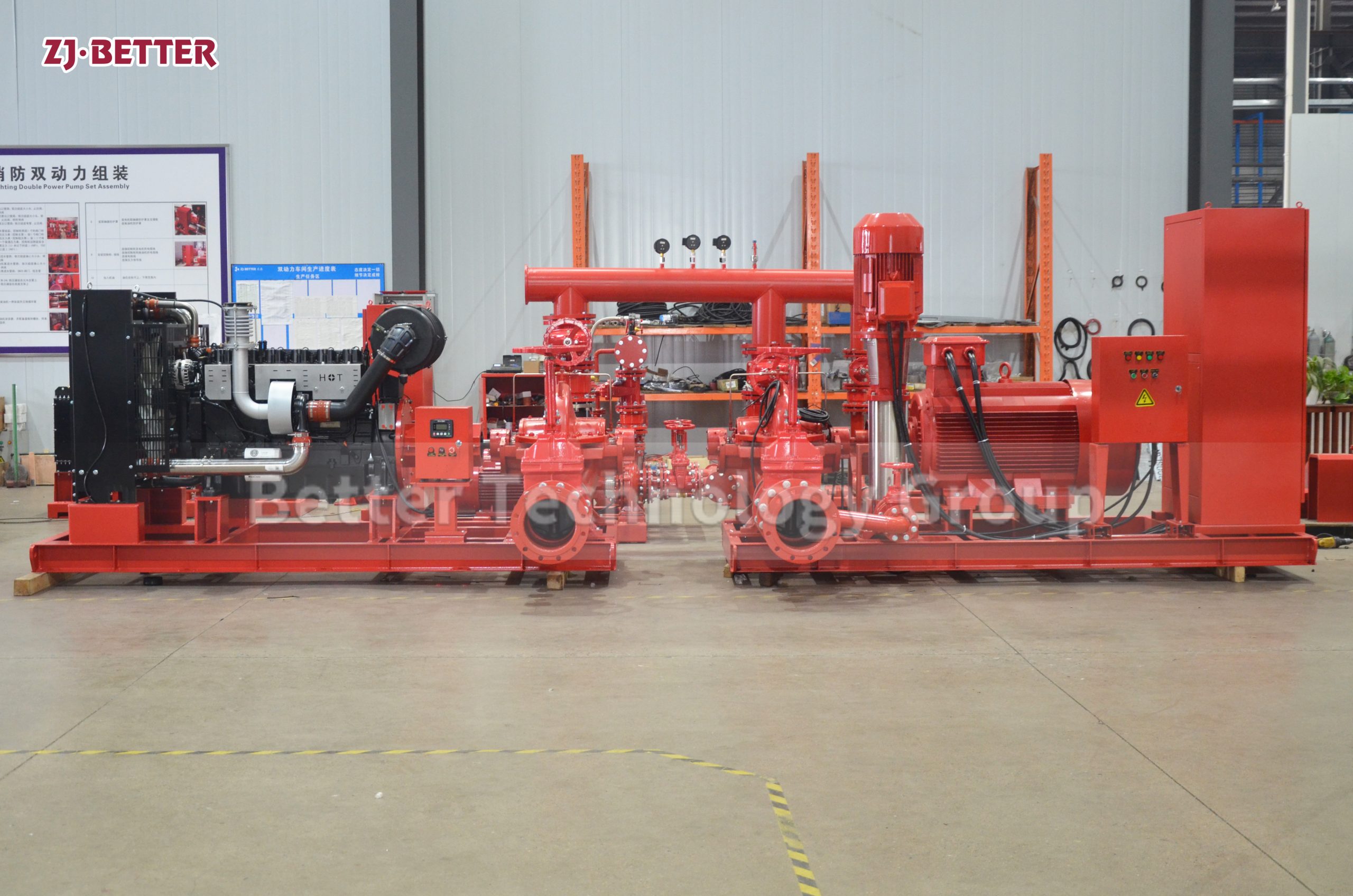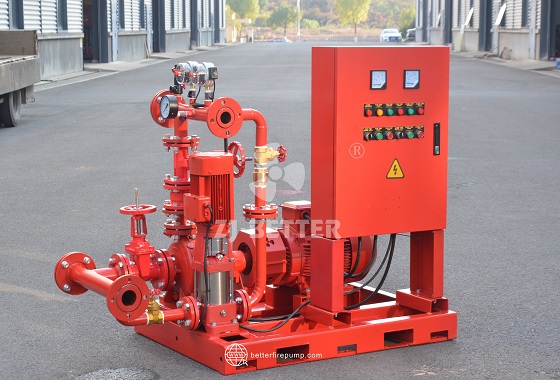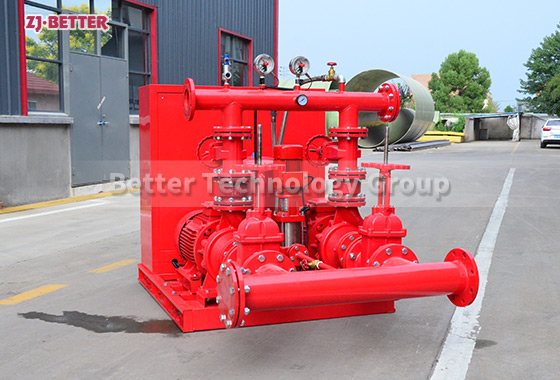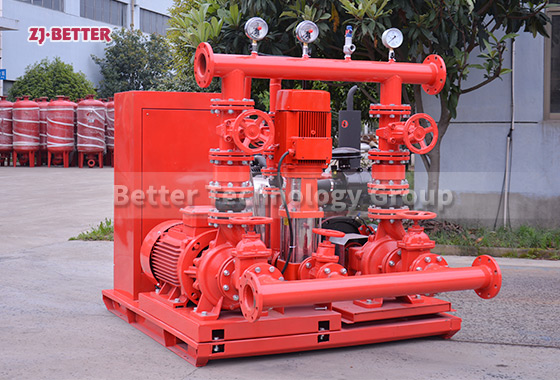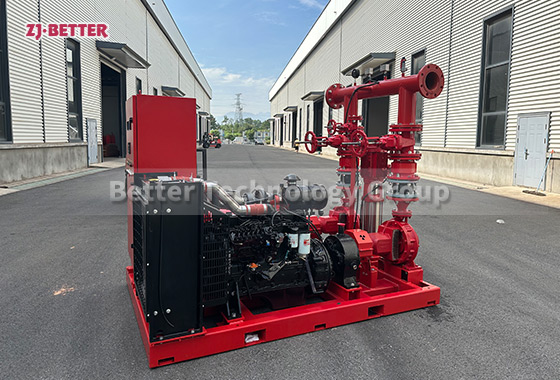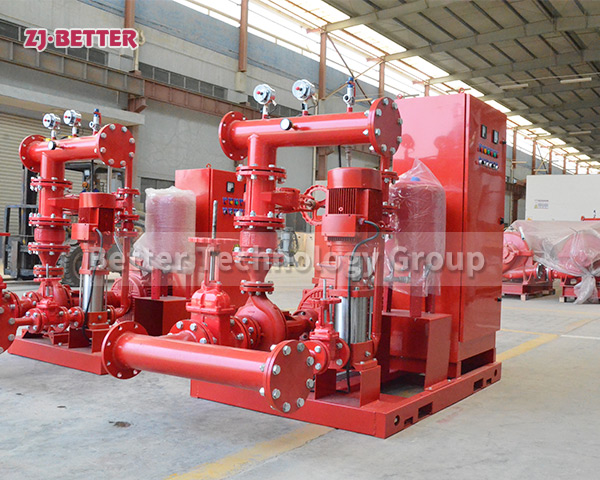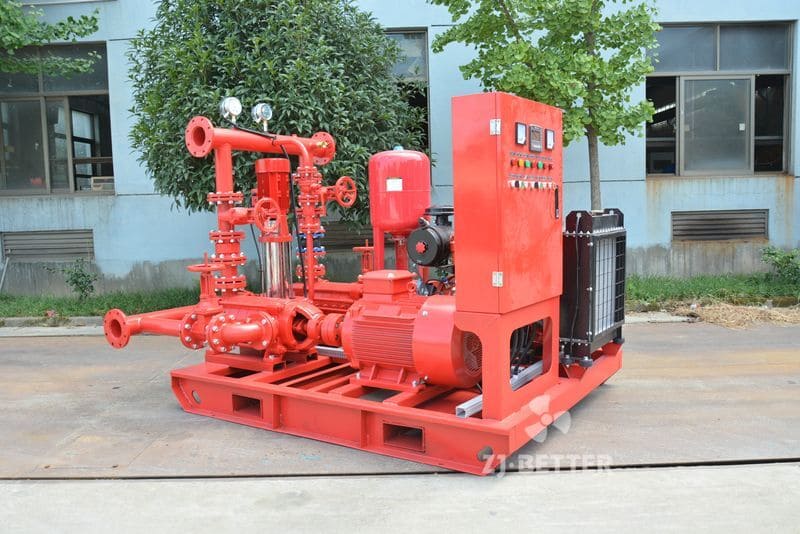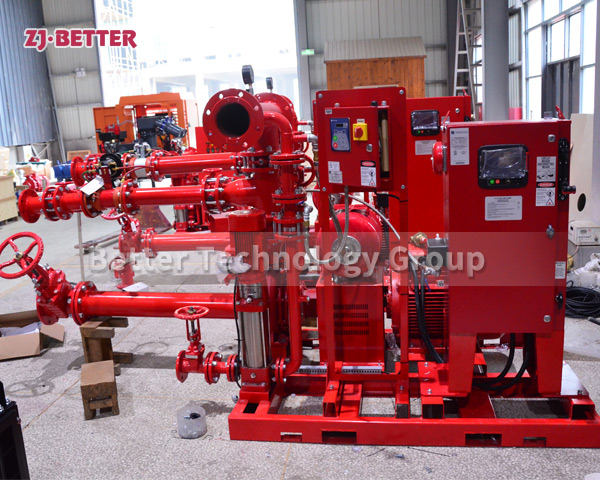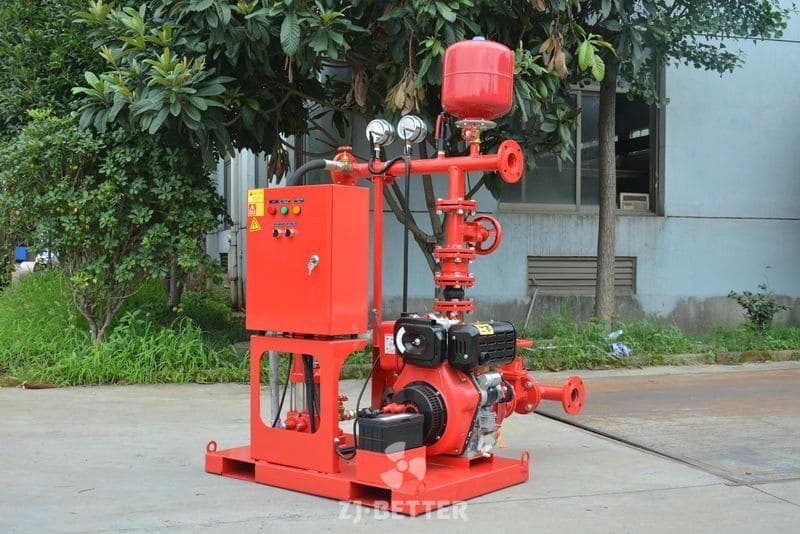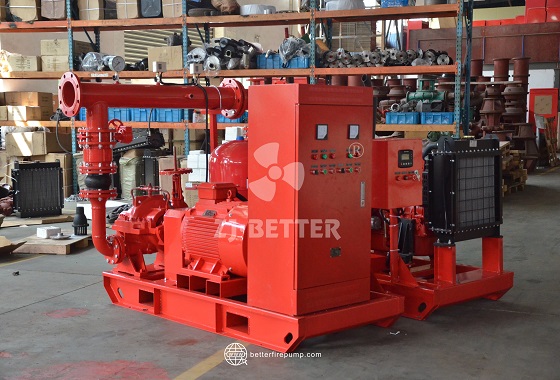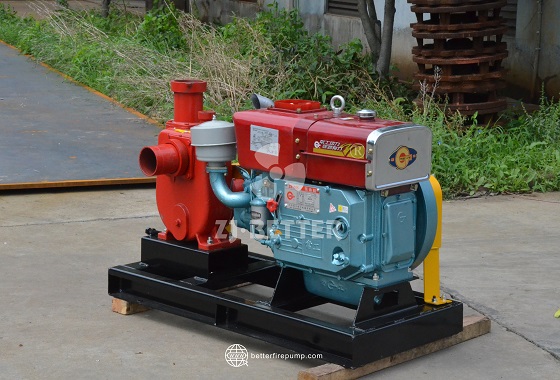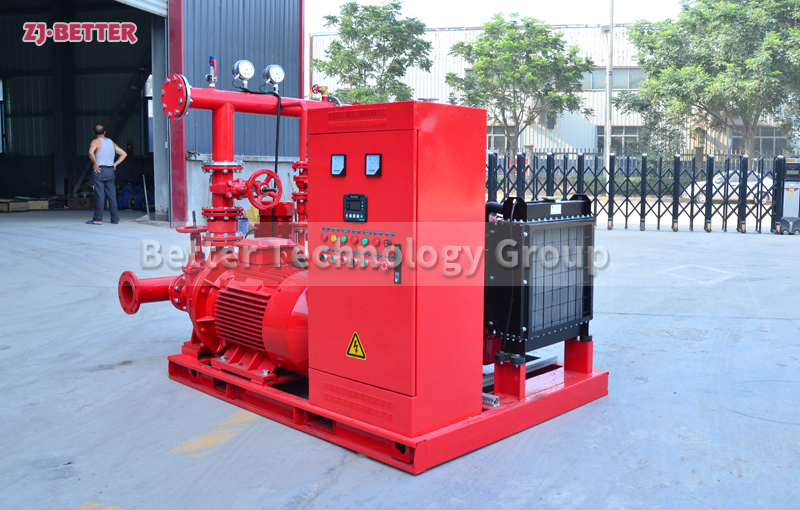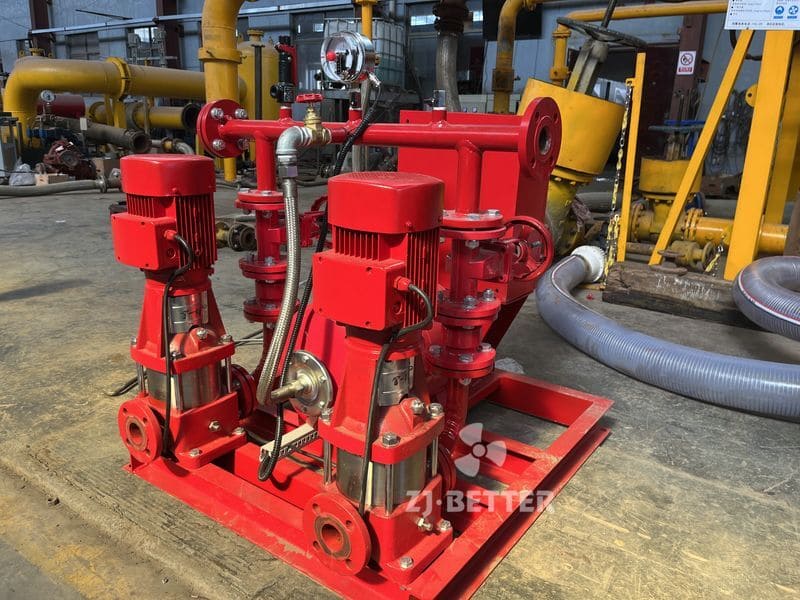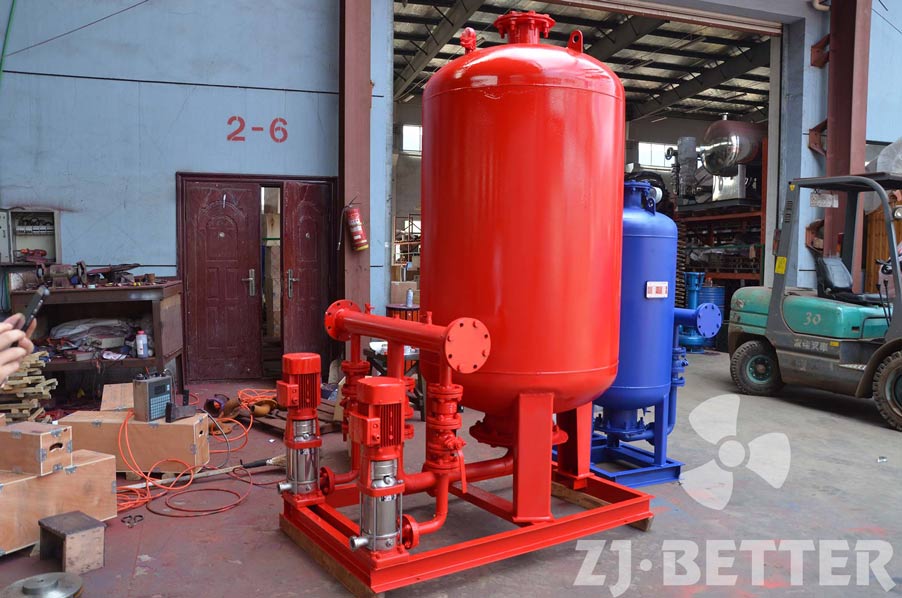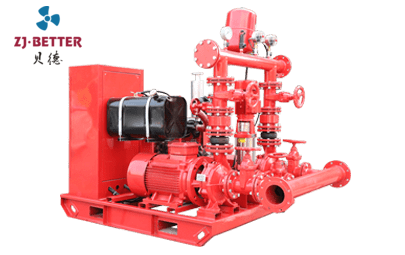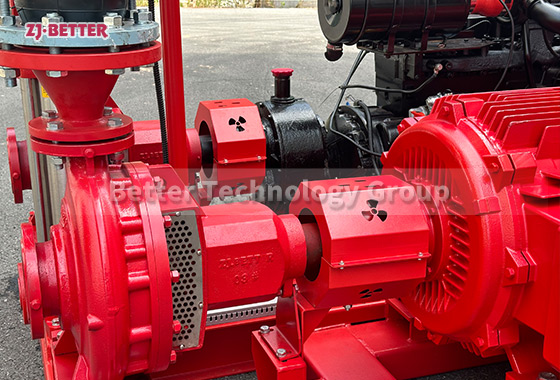Precision-Controlled Dry Alarm Valve: Fire Protection for Freezing Environments
Designed for cold and low temperature environments, this dry type alarm valve has excellent frost protection and stable opening and closing control. It is made of high-strength ductile iron, equipped with dual control system of pneumatic and electrical, time delay device and pressure switch to effectively prevent false triggering. Pre-assembled in the factory, the product is easy to install and supports remote monitoring and intelligent system docking. It is widely used in cold storage, industrial plants, underground garages and other places in cold areas, and is an important component to enhance the reliability of the fire protection system in winter.
In environments where sub-zero temperatures are the norm, maintaining the functionality of fire protection systems becomes increasingly difficult. Traditional wet sprinkler systems often fail due to frozen water in the pipelines, leading to ruptures and critical failure. The dry alarm valve is engineered specifically to address this challenge and ensure reliable fire suppression in harsh climates.
This model is cast from high-strength ductile iron, offering superior pressure resistance and exceptional low-temperature durability—performing reliably even at -40°C. The body is coated with multiple layers of anti-corrosion treatment, making it ideal for long-term, non-activated installations without performance degradation.
The valve features a pneumatic pressure control system that instantly reacts to pressure drops caused by sprinkler activation during a fire. The differential valve then opens the water supply line and simultaneously sends a signal to the alarm system. It also includes a pressure switch and delay mechanism to prevent false activations, ensuring accurate and safe operation in emergency scenarios.
Key product advantages include:
-
Dual operation mode: mechanical and electric triggering for added system redundancy
-
Factory pre-assembled design allows for easy and quick pipe connection, saving time and labor
-
Supports remote pressure monitoring and feedback for smart building integration
-
Universal interface compatibility for global installations
-
Certified by international fire protection standards (such as UL/FM) for export-ready use
This dry alarm valve is ideal for use in cold storage facilities, airport tarmacs, underground parking garages, industrial plants, and warehouses in sub-zero regions. Whether for new construction or retrofitting older systems, it offers unmatched reliability in low-temperature fire protection.
Choosing a dry alarm valve is not just about system efficiency—it’s a critical investment in safety and peace of mind.

